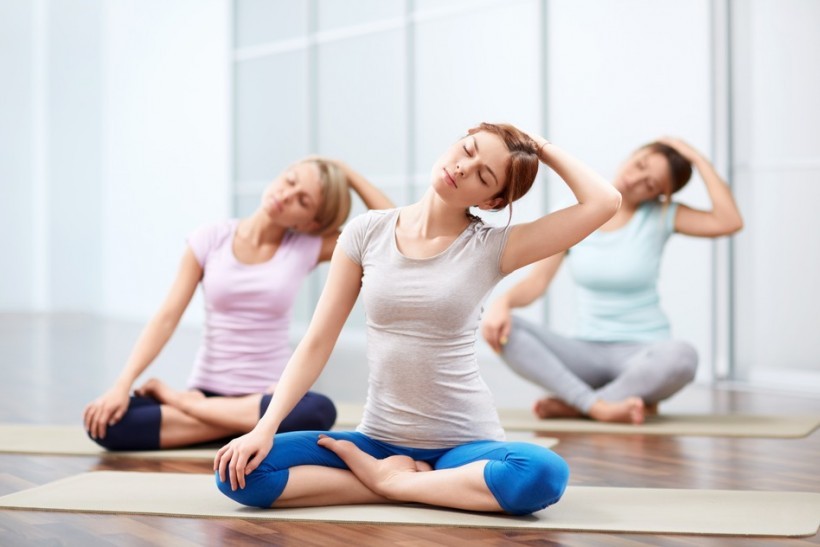
A Yoga Mat is your companion. So, selecting the right mat becomes essential. Here is an article for you to understand how to choose the best yoga mat. You may be wondering how exactly to choose the best yoga mat for your practice and lifestyle, especially since there are so many to choose from. We’re here to help you out with that!
Here Are 7 Things to Consider When Choosing the Best Yoga Mat for Your Practice
#1. Consider the Thickness:
Yoga mats can come in a range of thicknesses and are usually measured in the metric system of millimeters or mm. They can also be categorized as heavy, standard (or medium), light or ultra-light (or travel).
If a yoga mat is too thin, certain poses may be hard on your knees and joints. If a mat is too thick, it may be difficult to maintain your balance and hold a pose. Here are three of the main yoga mat thickness levels at a glance:
- 1/4″ thickness (or 6mm): Generally, a thick yoga mat or heavy yoga mat will be 1/4″-5/16″ or 6-8mm. Higher-end, premium mats will typically be 1/4″ thick to offer the best comfort and support while also being open cell making them lighter than inexpensive mats with similar thickness.
- 1/8″ thickness (or 4mm-5mm): This is the most commonly used thickness, also known as standard yoga mats, and it’s a perfect combination of performance and portability. If you practice often, consider purchasing a 1/8″ mat because they provide enough cushioning for your knees, but are light and thin enough to carry to and from the studio on a regular basis.
- 1/16″ thickness (or 1-3mm): If you’re constantly on-the-go or are looking to practice Yoga when you travel, then ultra-lite 1/16″ yoga mats are the perfect solution. Half as thick as a standard mat, 1/16″ yoga mats will fit in any yoga mat bag with room to spare and are often known as travel yoga mats as they are easy to fold as well as roll. Aside from portability, thin mats like these allow you to get a better feel of the floor. This is definitely an excellent option if you prefer the natural feel of touching the ground.
#2. Pay Attention to the Material:
The differences in material compositions may seem subtle at first, but they are impactful on the way you practice yoga. The yoga mat is your sanctuary and domain, and you need to feel balanced and at peace when you practice. Consider each of these options thoroughly before you seek out one particular type of material:
- PVC: Most entry-level yoga mats are made of polyvinyl chloride, aka PVC. This material offers good durability, stickiness, and comfort. Despite its proven performance as a yoga mat material, PVC has received criticism for not being environmentally friendly.
- Foam: Essentially the eco-friendly version of PVC mats, foam yoga mats offer the same performance characteristics, but without the harmful environmental side effects. The only caveat is that mats made of foam contain latex which can be problematic for some yogis with allergies.
- Rubber: Another popular choice among eco-friendly yoga mats, a rubber yoga mat is a solid alternative to a PVC mat. Like foam yoga mats, rubber mats contain latex. Those with allergies consider the other options.
- Cotton: Sometimes called “traditional yoga mats,” cotton yoga mats are thin and eco-friendly. They’re also commonly used on top of other yoga mats to provide the support cotton alone doesn’t offer. Cotton absorbs sweat well and actually increases grip when wet.
- Jute: Similar to cotton yoga mats, jute offers the same sustainability and resiliency as cotton yoga mats. Like cotton mats, jute yoga mats are normally used over another yoga mat to get excellent traction and superior support. However, jute is a more fibrous material which is a bit rougher than cotton and absorbs less moisture.
#3. Consider the Texture
Smooth mats can be really great if you choose right. Some of them give you that “sticky” feel, and that’s important to create traction and keep you from sliding around. If you really want a smooth mat, it has to be a good one! Otherwise, it will become slippery and potentially dangerous.
Smooth mats with great traction are good for Vinyasa and Ashtanga yoga requiring more powerful movement. It’s important to avoid completely smooth PVC mats since they are simply too slippery. I recommend natural rubber mats. Especially if you’re sweating a lot during practice, a smoother mat made of natural rubber won’t absorb sweat like a textured mat.
Mats that have textured patterns naturally provide grip, and therefore they are less slippery. You may opt for a cotton or jute yoga mat, but there are also rubber mats that come with a nice texture. These mats are great for more gentle types of yoga.
#4. Where Will You Practice?
The place where you’re doing yoga matters. If you practice at home, you don’t need to worry about transporting a heavier mat. If you’re a beginner and practice Hatha or Yin yoga, in particular, you should definitely go for a thicker, bulkier mat because it will be more comfortable for you.
If you practice at a studio, however, you’ll definitely need a more lightweight mat. It should be light enough for you to carry around, and it should be long enough for your body in Savasana. Speaking of which . . .
#5. Make Sure It’s Long Enough
Your mat should be long enough for your entire body when you lie down in Savasana. If your legs are longer than the mat, the difference in temperature might make it difficult for you to relax. Standard yoga mats are about 68 inches long. If you’re taller, make sure to get an extra-long yoga mat.
Extra-wide mats are also available, so keep that mind if you need more space.
#6. What’s Your Budget?
You could get a £10 mat on Amazon.co.uk, but you may also invest over £100 in a high-quality yoga mat from a popular brand. Let’s be honest here: sometimes you are paying for the brand, but you’re also paying for quality.
Some of the most popular brands include Manduka, Liforme, and Jade. They are all more expensive than an average yoga mat, but they also provide more value for your money.
The question is: are you willing to invest that much money right from the beginning? Don’t feel obliged to buy an expensive mat just because everyone else has one.
#7. Consider Your Style
If it can be pretty, why not? There are so many yoga mats options, so you can easily find your favorite color or print.
Believe it or not, your yoga mat can inspire you to practice more. You’ll look at it and it will remind you of your commitment. From the moment you unroll the mat and stand on it, you’ll be in a different, more focused mindset. That’s why the mat matters!
Before You Make A Decision
Exhaust your resources! When browsing mats online, be sure to read the reviews to get more information about the mat. At your next yoga class, talk to a few people and ask them what they like about their mat, where they got it, and how much it was. Yoga teachers typically have a favorite mat so be sure to ask your instructor too!
With that said, here are Bestyogashop favorite yoga mats for beginners:
Both the AGKupel Yoga Mat and GOLDSMITH Yoga Mat are great choices for beginners. the AGKupel Yoga Mat is the overall favorite mat for beginners because it has a lifetime warranty (so you won’t have to get another mat when you start doing yoga on a regular basis), its ultra-dense so you have outstanding cushioning and the mat doesn’t indent to interfere with balance, the grip is awesome, and there are many impressive styles.
The GOLDSMITH Yoga Mat‘s good for beginners because of its great grip, its slightly wider (like the AGKupel Yoga Mat), comes in nice styles, has decent durability, and features some very cool alignment marks on the surface. Overall, we consider both of these mats to be the best beginner yoga mats. Now you know so you can get started and bliss out 🙂
Conclusion
Whether you stick with yoga or not, all the mats on this list qualify as solid choices. After testing many mats over the years, Bestyogashop’s best advice is to buy something that’s quality and built for yogis. In other words, avoid buying a mat-based solely on price.
You’ll use your yoga mat every single time you go to class or do a session at home. If you buy something that’s uncomfortable, this might just pull the wind out of your sails and stop your practice altogether because you’ll end up uncomfortable and frustrated. And that’s the last thing we want.

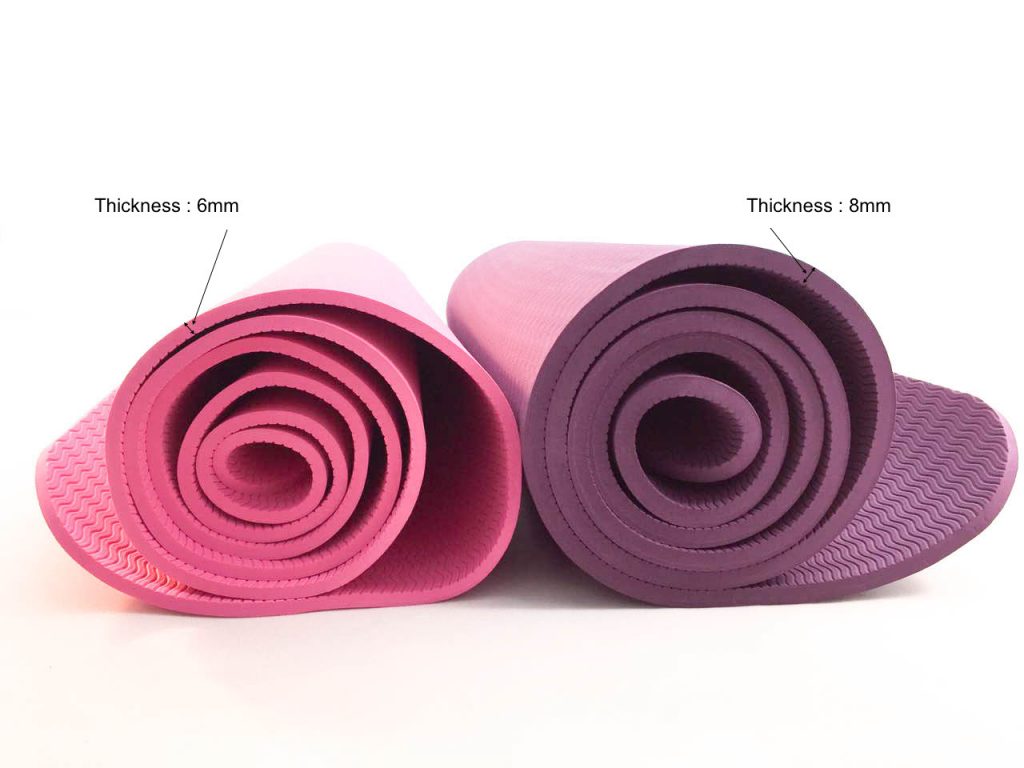

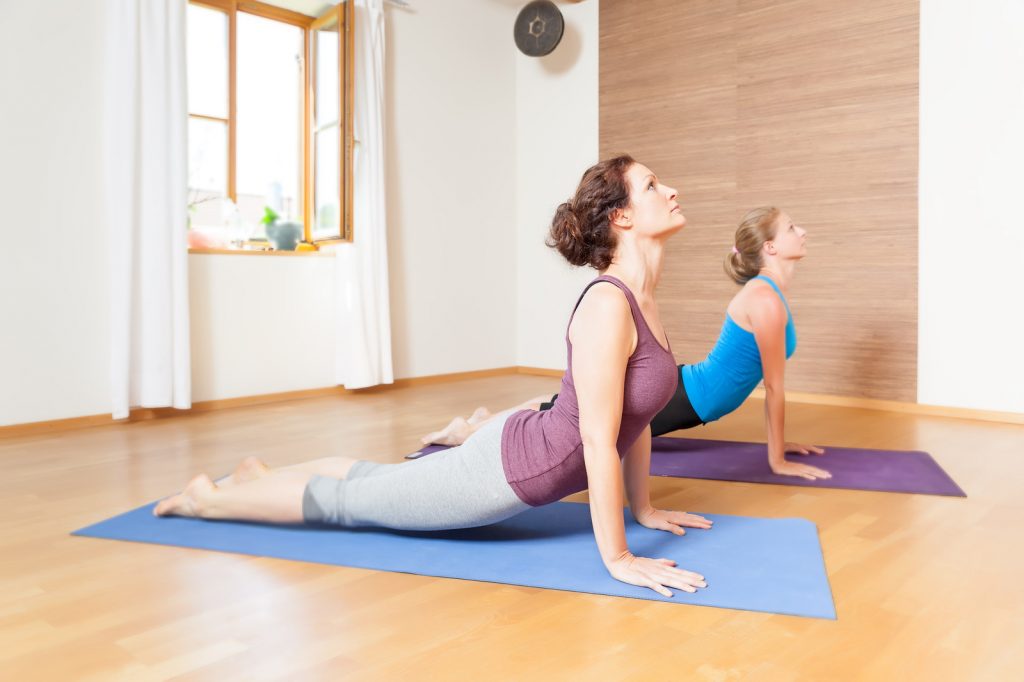
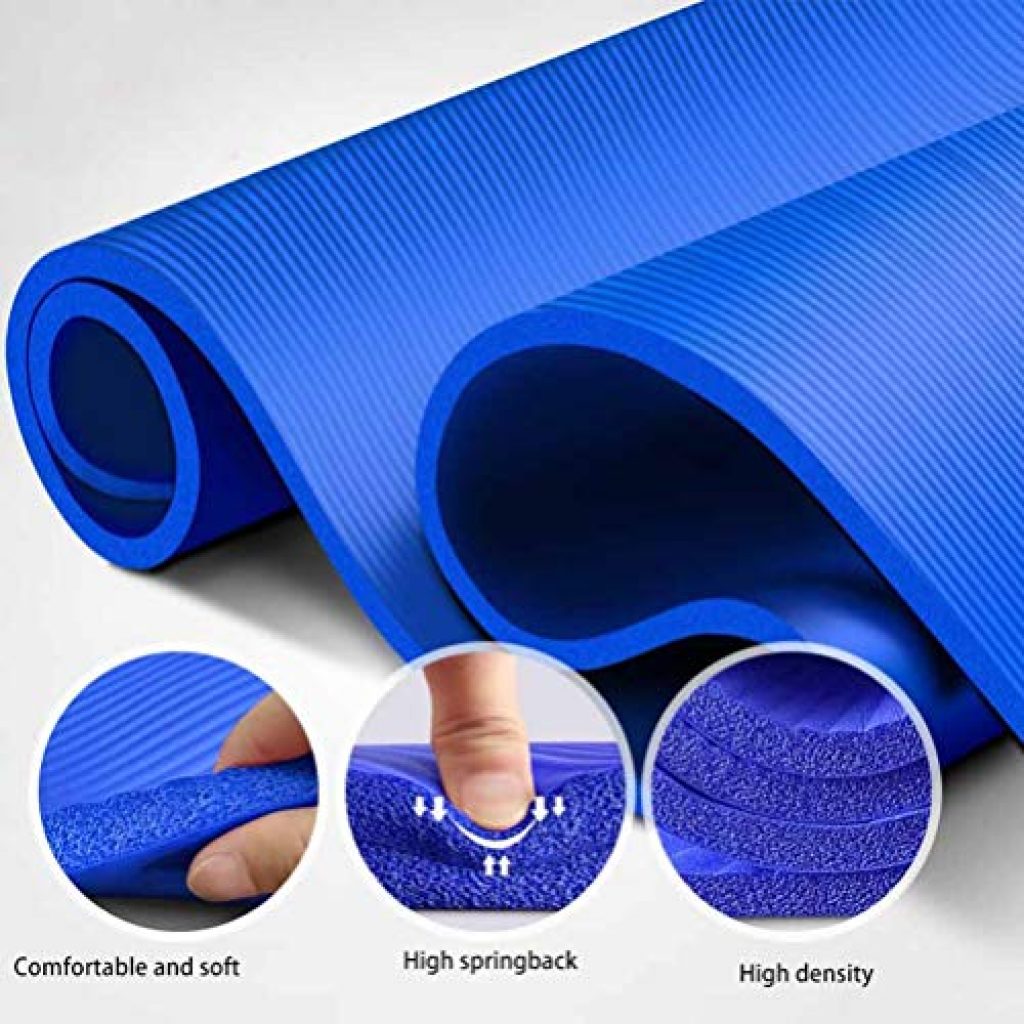

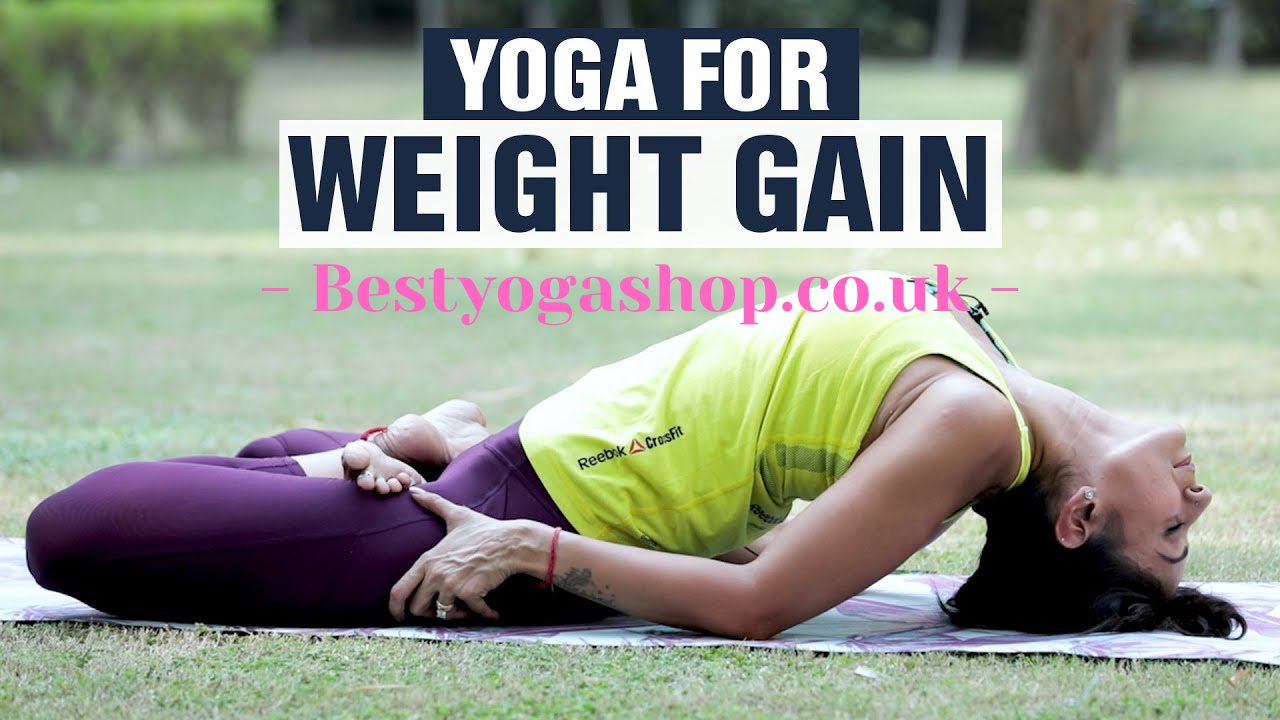
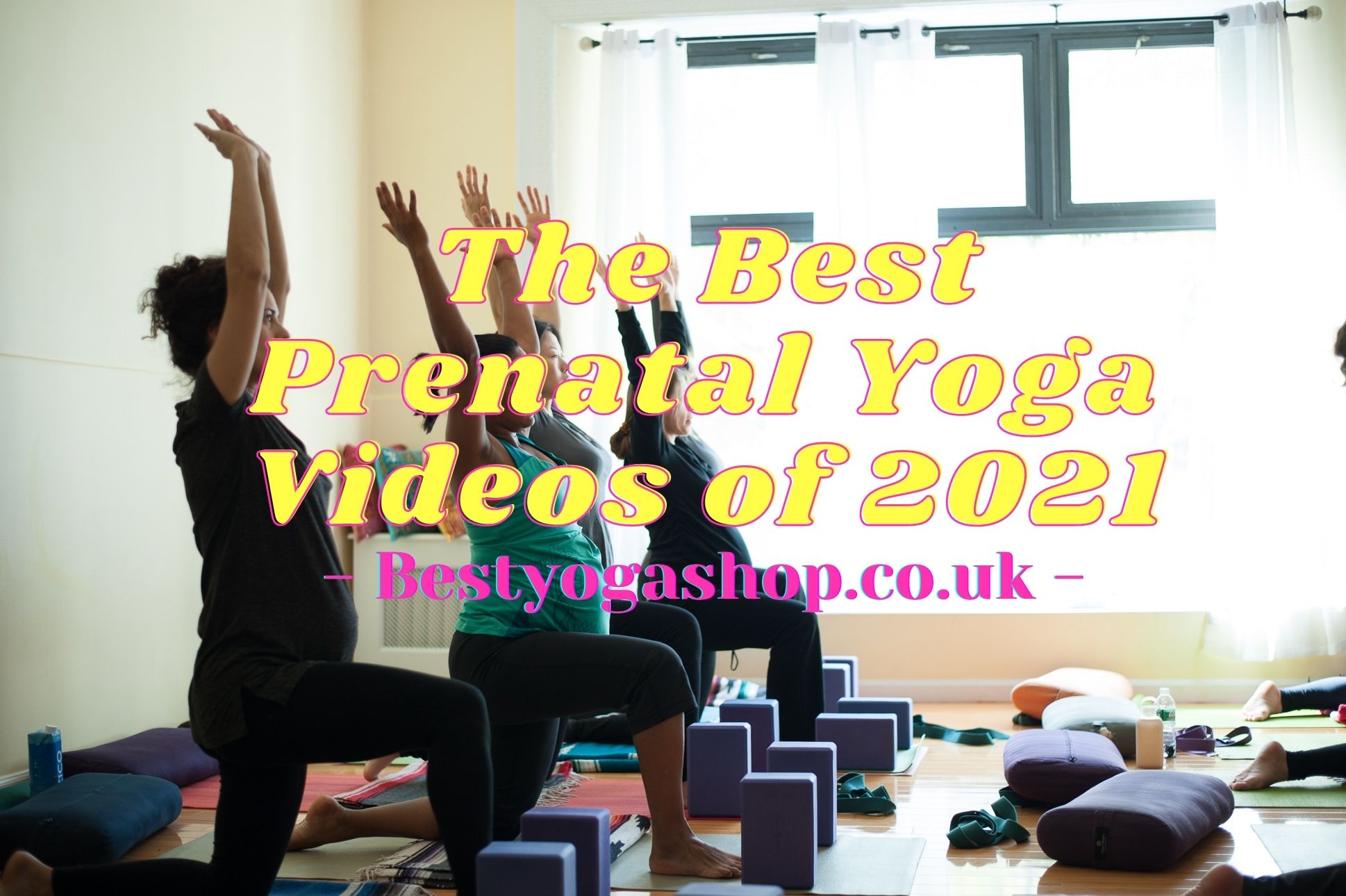

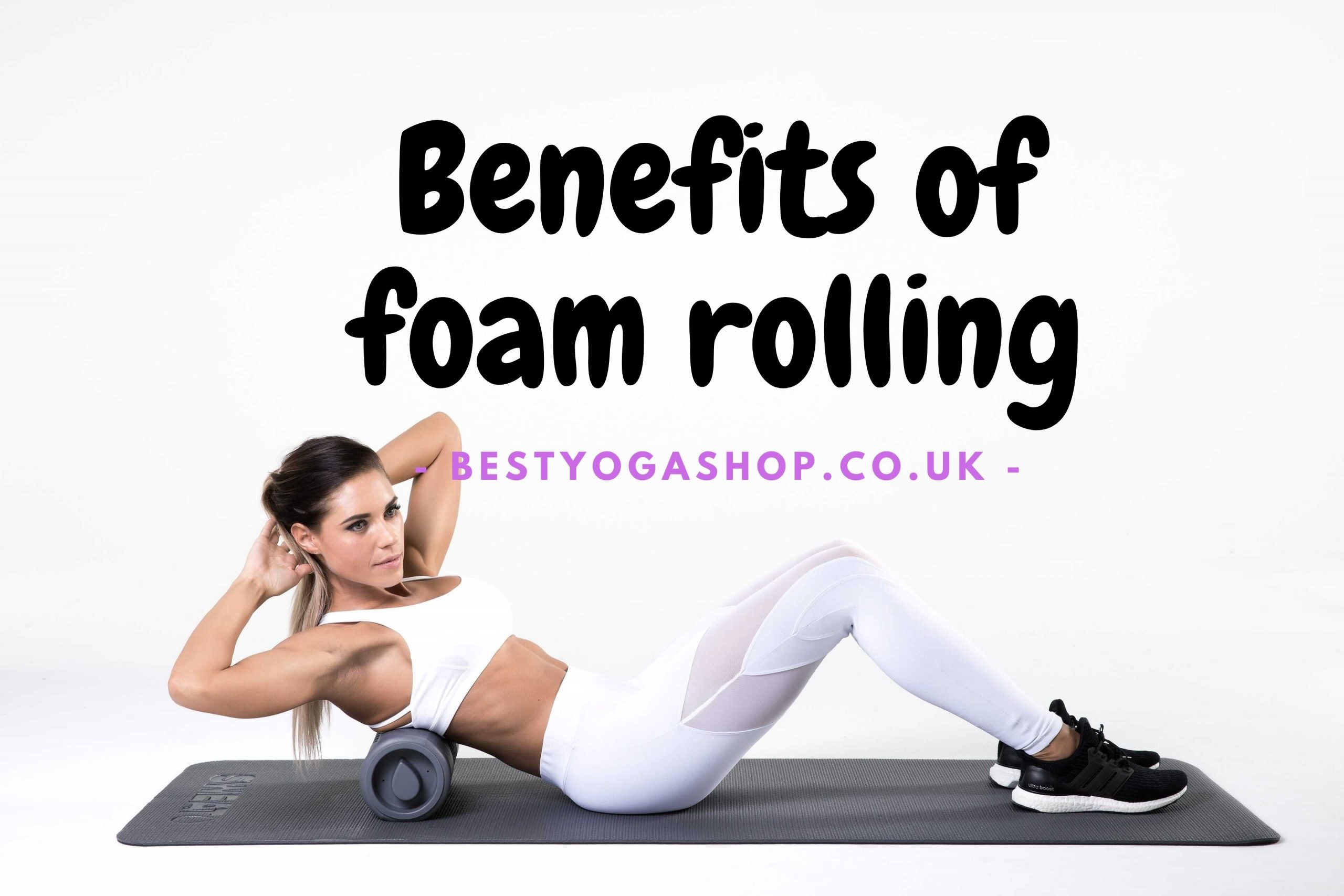
Hi, this is a comment.
To get started with moderating, editing, and deleting comments, please visit the Comments screen in the dashboard.
Commenter avatars come from Gravatar.
[…] Yoga mats are like yoga poses; they vary in types and usage. There are mats that are very easy to carry and good for traveling. There are also some mats which are designed for a particular type of Yoga and also the amount you sweat! So, make sure you try before you invest your hard-earned cash. We’ve reviewed How To Choose Your Yoga Mats. […]
[…] Also Read: How to Choose Your Perfect YOGA Mat […]